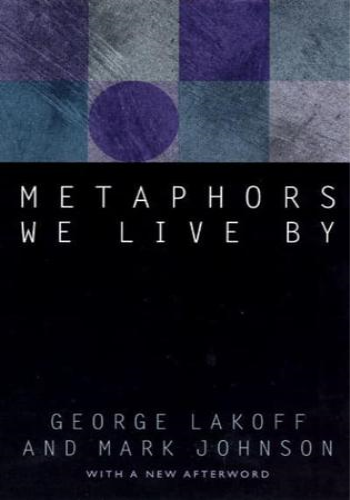Chapter 1: Introduction
* Summary: Explores the concept of metaphor as a fundamental aspect of human thought and language. Metaphors are not just literary devices, but they shape our understanding of the world and influence our actions.
* Real Example: The metaphor "love is a journey" suggests that relationships are dynamic and evolve over time, with hills and valleys along the way.
Chapter 2: The Essence of Metaphor
* Summary: Identifies the key elements of a metaphor: the source domain (the literal concept), the target domain (the figurative concept), and the mapping between them. Metaphors establish a connection between different domains, making the target domain more accessible and relatable.
* Real Example: The metaphor "time is money" implies that time is a valuable resource that can be spent or invested wisely.
Chapter 3: Orientational Metaphors
* Summary: Discusses metaphors based on spatial orientations (e.g., up/down, in/out). These metaphors can shape our perceptions of power, happiness, and other abstract concepts.
* Real Example: The metaphor "power is up" suggests that those in positions of authority are physically and socially higher than others.
Chapter 4: Ontological Metaphors
* Summary: Explores metaphors that define the nature of entities or substances. These metaphors establish categories and boundaries, shaping our understanding of what something is.
* Real Example: The metaphor "mind is a machine" implies that the mind operates like a physical device, with inputs, outputs, and processes.
Chapter 5: Structural Metaphors
* Summary: Examines metaphors that describe the structure of experiences or concepts. These metaphors organize our thoughts and help us make sense of the world.
* Real Example: The metaphor "life is a game" suggests that life is like a competitive activity with rules, challenges, and rewards.
Chapter 6: The Language of Argument
* Summary: Discusses the role of metaphors in arguments and persuasions. Metaphors can be used to make claims more vivid and compelling, or to support one's position while discrediting the opposing viewpoint.
* Real Example: The metaphor "war on drugs" implies that fighting drug abuse requires the same aggressive measures as actual warfare.
Chapter 7: The Impact of Metaphors
* Summary: Explores the consequences of using certain metaphors. Metaphors can influence our decisions, shape our social interactions, and even affect our mental and physical health.
* Real Example: The metaphor "women are weak" can perpetuate gender stereotypes and limit women's opportunities.
Chapter 8: Conclusion
* Summary: Re-emphasizes the pervasive nature of metaphors and their profound impact on human communication, cognition, and behavior. Metaphors are not just linguistic ornaments, but they are essential tools for understanding and navigating the world.
* Real Example: The metaphor "the world is a stage" reminds us that life is often filled with drama, pretense, and performance.







